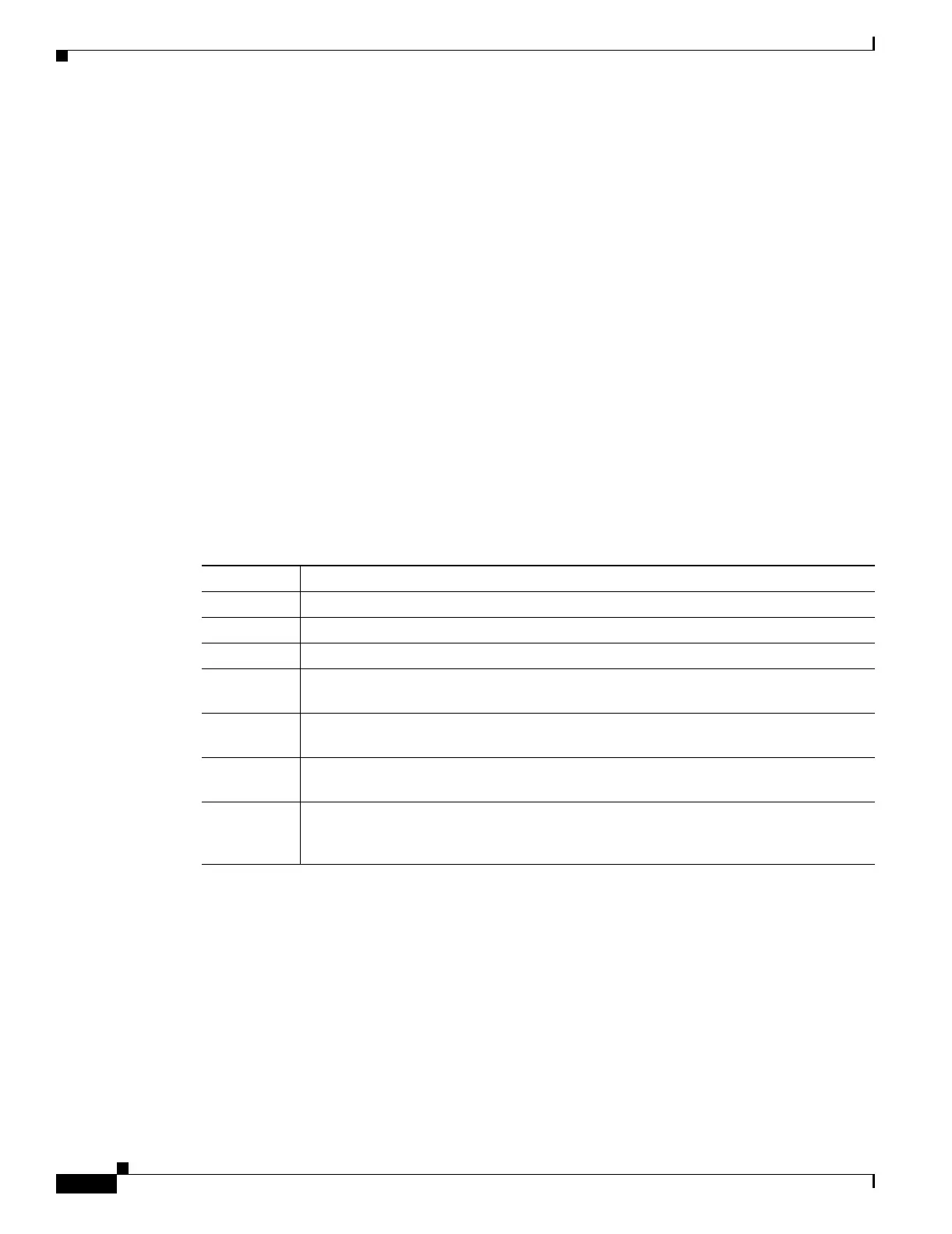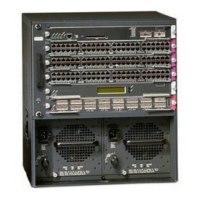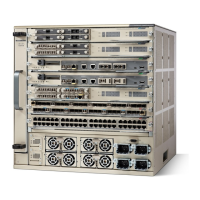C-2
Catalyst 6500 Series Switch and Cisco 7600 Series Router Firewall Services Module Configuration Guide
OL-6392-01
Appendix C Understanding the Command-Line Interface
Syntax Formatting
• Privileged mode, accessible by entering the enable command:
FWSM#
FWSM/context#
• Configuration mode, accessible by entering the configure terminal command:
FWSM(config)#
FWSM/context(config)#
• Subcommand mode, accessible when you enter a command that places you in a subcommand mode,
such as class or interface:
FWSM(config-class)#
FWSM/context(config-if)#
Syntax Formatting
Command syntax descriptions use the following conventions:
Abbreviating Commands
You can abbreviate most commands down to the fewest unique characters for a command; for example,
you can enter
wr t to view the configuration instead of entering the full command write terminal, or
you can enter
en to start privileged mode and con te to start configuration mode. In addition, you can
enter
0 to represent 0.0.0.0.
Ta b l e C - 1
Convention Description
bold Bold text indicates commands and keywords that you enter literally as shown.
italics Italic text indicates arguments for which you supply values.
[x] Square brackets enclose an optional element (keyword or argument).
| A vertical line indicates a choice within an optional or required set of keywords or
arguments.
[x | y] Square brackets enclosing keywords or arguments separated by a vertical line indicate
an optional choice.
{x | y} Braces enclosing keywords or arguments separated by a vertical line indicate a required
choice.
[x {y | z}] Nested sets of square brackets or braces indicate optional or required choices within
optional or required elements. Braces and a vertical line within square brackets indicate
a required choice within an optional element.
